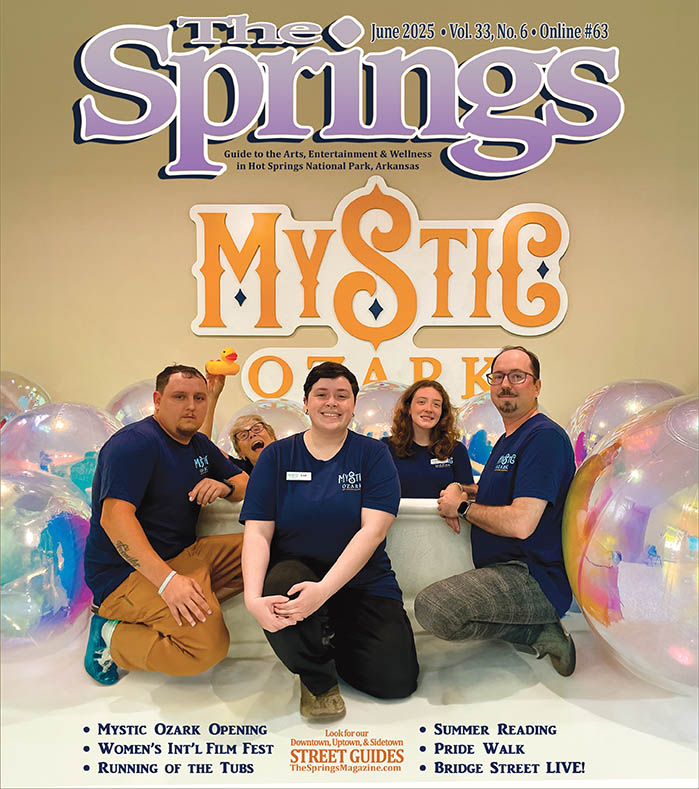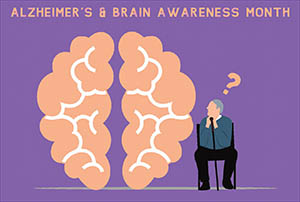By Alison Crane
Sometimes a little trick or rhyme helps to remember things. Like using your thumb and pointer finger to form an “L” to distinguish which is your left hand from your right hand. Or “righty – tighty, lefty – loosey.” These little clues help us to keep the plethora of knowledge we contain in our brains straight.
This trick can be applied to health and medical terms, too. When we go to the doctor, we hear big Latin words and are given multiple directions. When we are sitting there it all makes sense, but when we get home uncertainty sets in. For instance, think about your cholesterol numbers. Have you ever asked yourself, “Now which type is the good one?
Cholesterol is a waxy substance that of itself is not inherently “bad.” In fact, your body needs cholesterol for cell production. However, too much in your blood can lead to atherosclerosis, a condition in which the arteries become narrowed and less flexible. This condition can lead to a heart attack or stroke.
There are two types of cholesterol: LDL and HDL. Too much of LDL and not enough HDL increases your risk of a buildup in the inner walls of your arteries that feed the heart and brain. Again, this makes sense, but when looking at those numbers on a paper it can be easy to confuse the two.
Think about it this way: LDL cholesterol is the bad kind, therefore it is “lousy.” You want your number to be low, which is another “L” word. HDL cholesterol is the good kind and when your number is high (an “H” word) it makes you and your doctor “Happy!”
High cholesterol is one of the controllable risk factors for heart disease, heart attack and stroke. February is American Heart Month and if you would like more information on ways to help control your cholesterol or other risk factors for heart disease, follow my Facebook page @garlandEGF or email acrane@uaex.edu.
Alison Crane is a Family and Consumer Science Agent with the Garland County Extension Service. The Arkansas Cooperative Extension Service offers its programs to all eligible persons regardless of race, color, national origin, religion, gender, age, disability, marital or veteran status, or any other legally protected status, and is an Affirmative Action/Equal Opportunity Employer.










